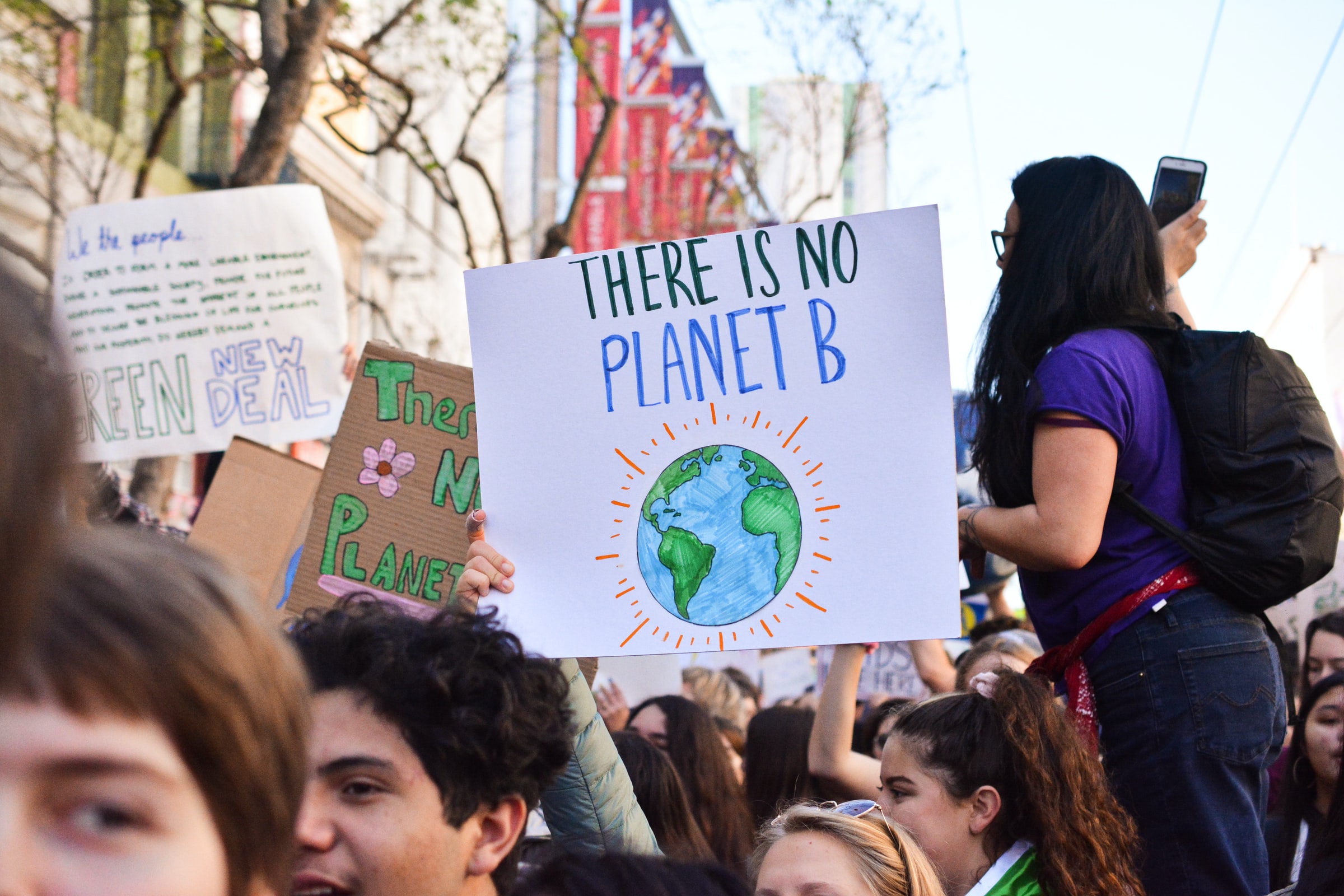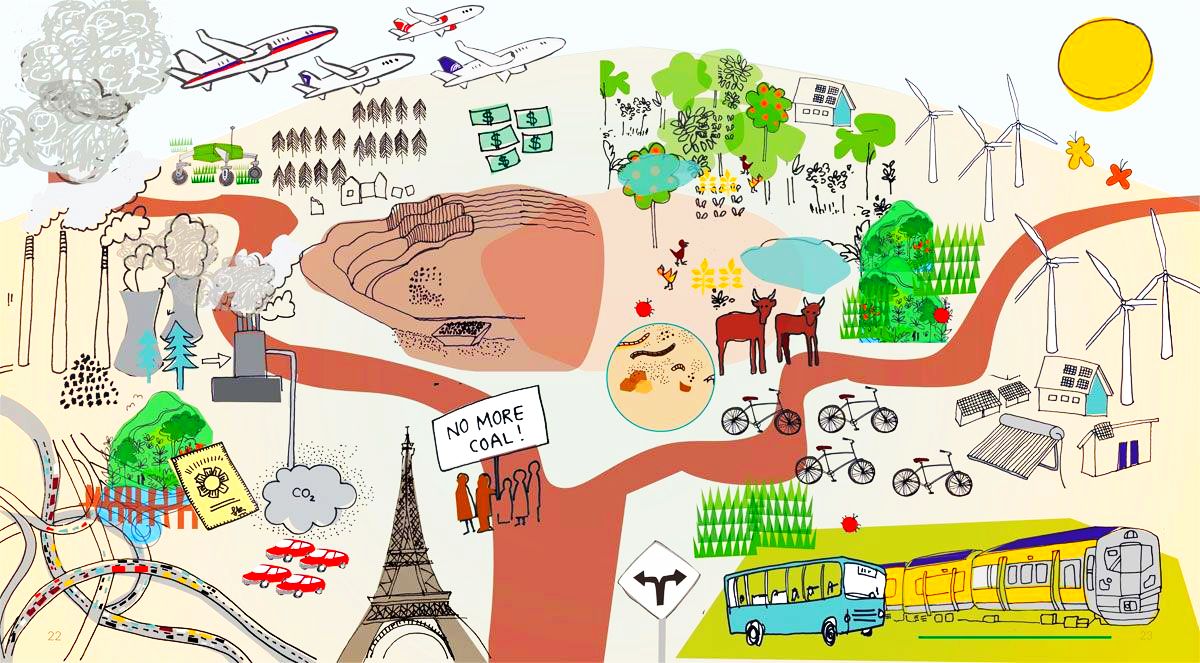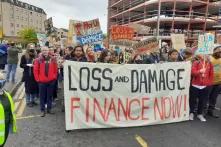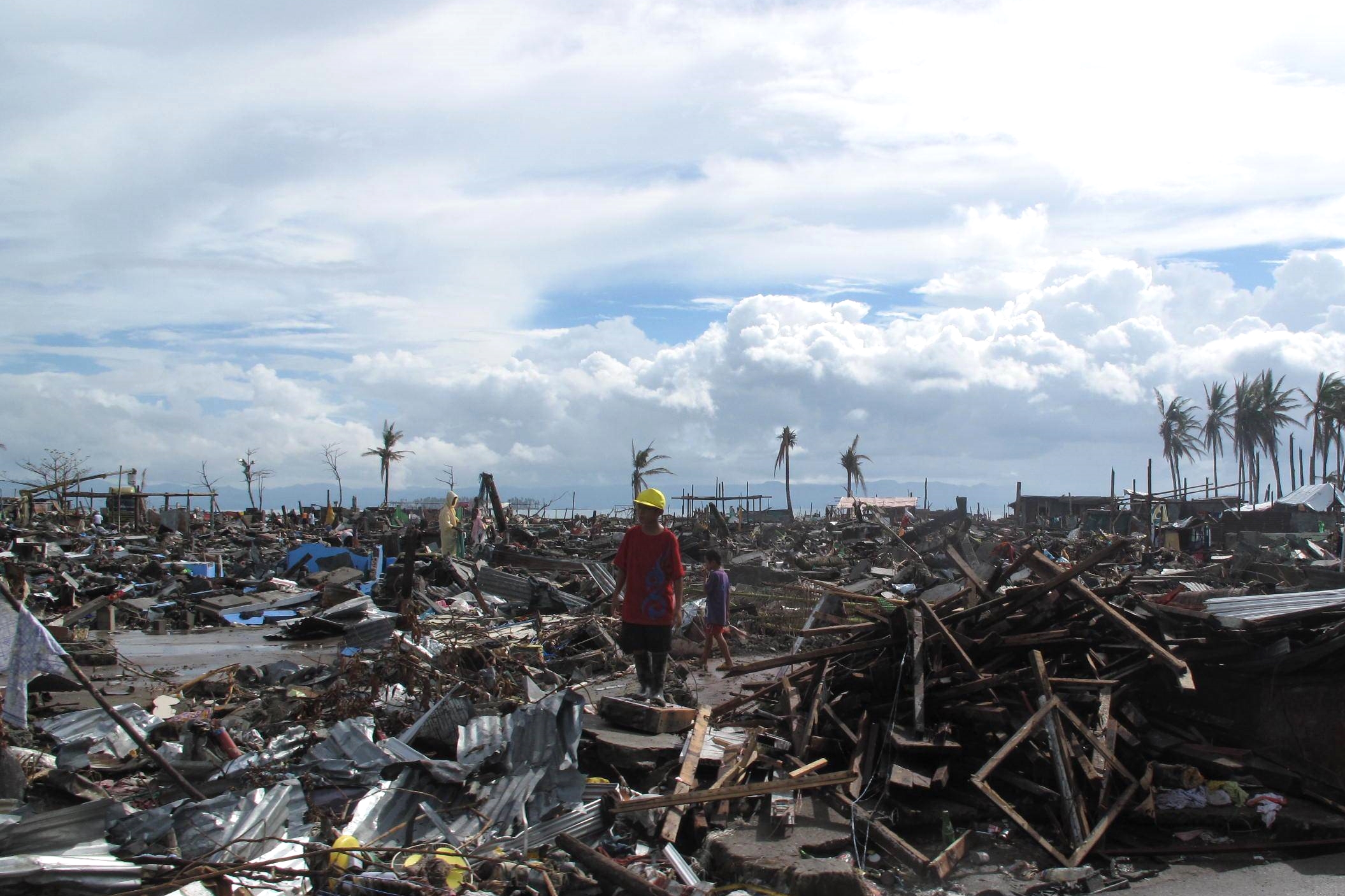Real Ambitions vs. False Solutions: The Stakes at COP26
States will gather for the global climate talks in Glasgow between 31 October and 12 November. What future will they choose for us?

Introduction
COP26 will be a moment of truth: for the first time since the 2015 Paris Agreement, signatory states have submitted new or updated greenhouse gas reduction pledges. Yet, after a decade of broken promises to adequately scale up climate action and financial support, analysis of countries’ climate commitments suggests that we have failed the litmus test: collectively, the pledges set the world on track for a global temperature increase of 2.7°C by the end of the century. This clearly falls short of the 1.5°C target set in the Paris Agreement and will inevitably lead to dangerous levels of global warming. Sadly, little progress has been made towards the other two major objectives of the agreement: increasing resilience, and aligning financial flows with economy-wide decarbonization.
Instead of forcing a moment of truth, however, COP26 could instead facilitate self deception at grand scale. It has never been clearer that the Paris goals will remain out of reach unless states take urgent action to rapidly, decisively, and equitably phase out fossil fuels. Yet, there is a risk that instead of choosing this direct and effective path, countries push for false solutions such as carbon offsets, techno-fixes, including Carbon Capture and Storage (CCS), geoengineering and even nuclear power - all under the label of ‘Net Zero’.
It is not too late - the past decade has seen dramatic improvements in renewable energy technology and access, while the COVID-19 pandemic demonstrated that money can be found, and that Just Transitions are possible. But, as Sebastien Duyck, Erika Lennon, Francesca Mingrone, Nikki Reisch and Lien Vandamme say in our explanatory article, “if governments want to avoid COP26 going down in history as a fatal blow to the Paris Agreement and the moment when climate catastrophe was sealed in our collective fate, they must demonstrate that they understand the world is on fire”.
About
This page will collate COP 26 specific content from the HBF network of offices and partners.
More on climate from previous projects

Climate Finance Fundamentals
Explore the Dossier












